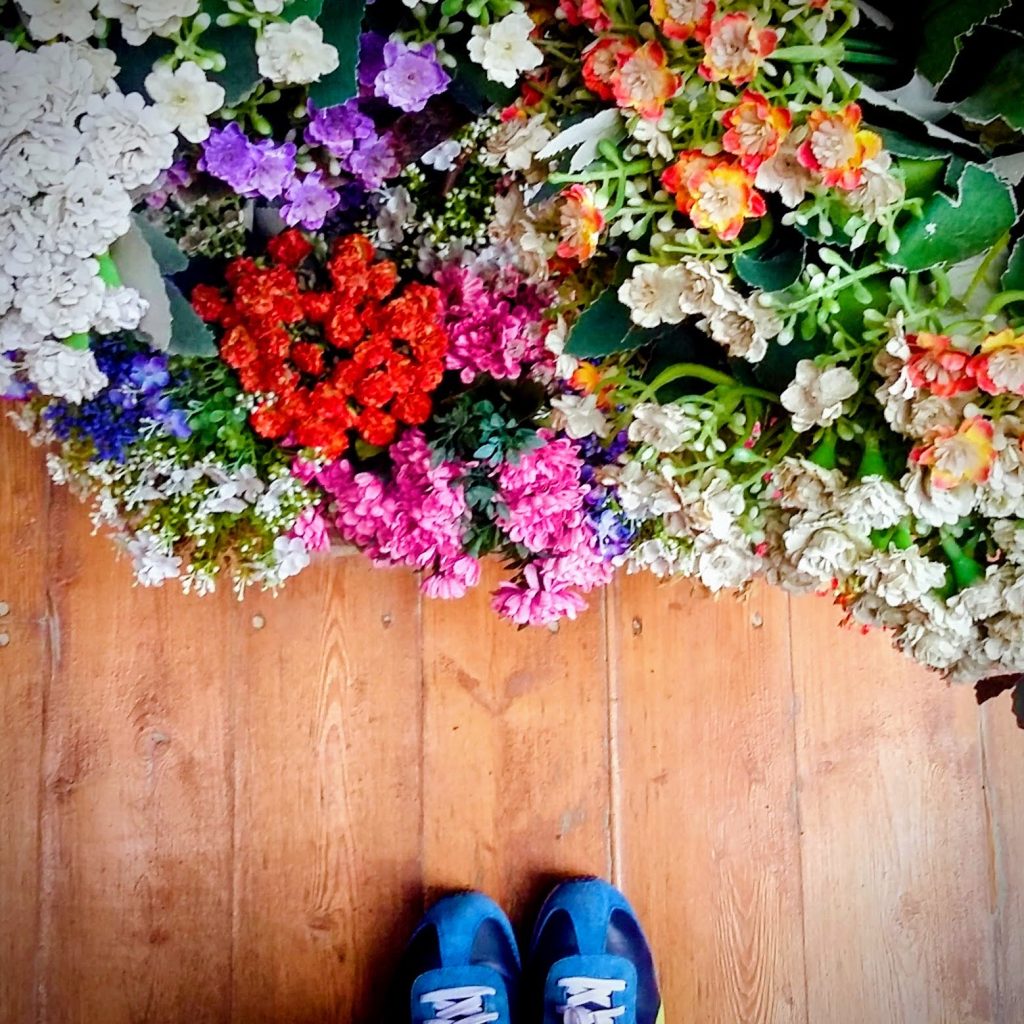
We can all agree that creativity is an intrinsic part of being human, ingrained into our daily life experiences, shaping who we are and the world around us. Despite its undeniable presence, there are many myths and preconditioned notions surrounding the concept of creativity. In this article I’ll continue uncovering common myths about creativity aiming to challenge or, better, break free from these clichéd ideas.
Building on my first article on the Common Myths about Creativity, let’s dive deeper into breaking free from these misconceptions!
Myth #6
Copying is not a part of the creative process.
The idea that creativity is all about originality is either a myth or wishful thinking. In fact, the whole idea that true creativity occurs in isolation and without external influence is a complete myth.
Creative individuals do get inspired by the world around them, drawing from diverse sources, experiences, and cultures. Exposure to different perspectives and collaboration only amplify possibilities of creativity. Creativity doesn’t always mean creating something entirely new. Artists don’t like using the word “copy” in their creative processes, the word that is commonly used to describe this process “copying” is “being inspired from each other”.
The originality of creativity entirely disregards the role of imitation and adaptation in the creative process. Learning from existing ideas and incorporating them into one’s work is a legitimate and valuable aspect of creativity. Remixing, repurposing, combining and building upon existing ideas is a legitimate way to innovate.
Myth #7
Creative processes are always enjoyable.
Creativity and the creative process are far from being exclusively positive or enjoyable; in fact, not even a little bit. not about being positive. Creative journey is a path of constant challenges, frustration, ambiguity, a myriad of inner conflict and self doubt, with only brief moments of bliss. The essence of the creative process is in persevering through the discomfort, wholeheartedly embracing and exploring this wide range of emotions, ultimately leading to profound insights.
Myth #8
True creativity requires breaking all the rules.
Or, being rebellious. Breaking rules is undoubtedly a form of creative expression, but here’s the twist—following certain guidelines and structures also maximises creativity. Crafting a conducive environment and organising thoughts provide a framework for innovative thinking. In fact, rules and frameworks are essential for experimentation and working your way toward effective, meaningful creative outcomes. The same is true for having structured flow of the day with well defined mundane habits.
While creativity is often associated with freedom, disorder and chaos, it’s essentially about finding the balance between spontaneity and a structured approach.
Myth #9
Creativity is only about generating ideas, not execution.
It’s a common misconception that creativity solely involves brainstorming and ideation. In truth, the ability to execute and bring ideas to life is equally, if not more, crucial. Creativity is a holistic process from conception to execution.
We all can come up with countless ideas on a daily basis, including major breakthrough ones. Often these ideas go unnoticed unless bring them to to fruition Thinking about ideas is only a fraction percentage of the creative process, perhaps up to 10% – you can choose your preferred percentage number – and the substantial 90+% of the creative work is the “less glamorous” and “boring” process of execution. The execution is a chain of actions that involve tedious problem solving, experiencing failure, experimenting, testing, recreating, breaking down and putting things back together in a continuous loop. Creativity is not just about thinking, it’s, more importantly, about doing!!
Myth #10
Creativity is only valuable in groundbreaking innovations.
Let’s look at creativity beyond revolutionary breakthroughs, delving into everyday problem-solving and incremental changes. Imagine brushing your hair differently one day, or buying some unconventional piece of clothing, even if it’s just a small accessory. Try cooking new food or preparing it in a new way. Inspire your child to joyously clean up the room by getting them to picture themselves as vacuum cleaners. Take a different route to work, say something nice to someone you usually don’t notice, count birds in the sky or cats in the streets, hug someone for more than 5 seconds, listen to new music, get inspired, and feel amazed. These are all incremental manifestations of creativity, and yet, their substantial impact cannot be merely underestimated. It’s crucial to acknowledge that creativity, in an all-inclusive manner, influences various aspects of life.
To be, personally, creativity transcends mere; it’s a mindset and a way of life. I hope this article encourages you to embrace creativity and bring more it into your life.